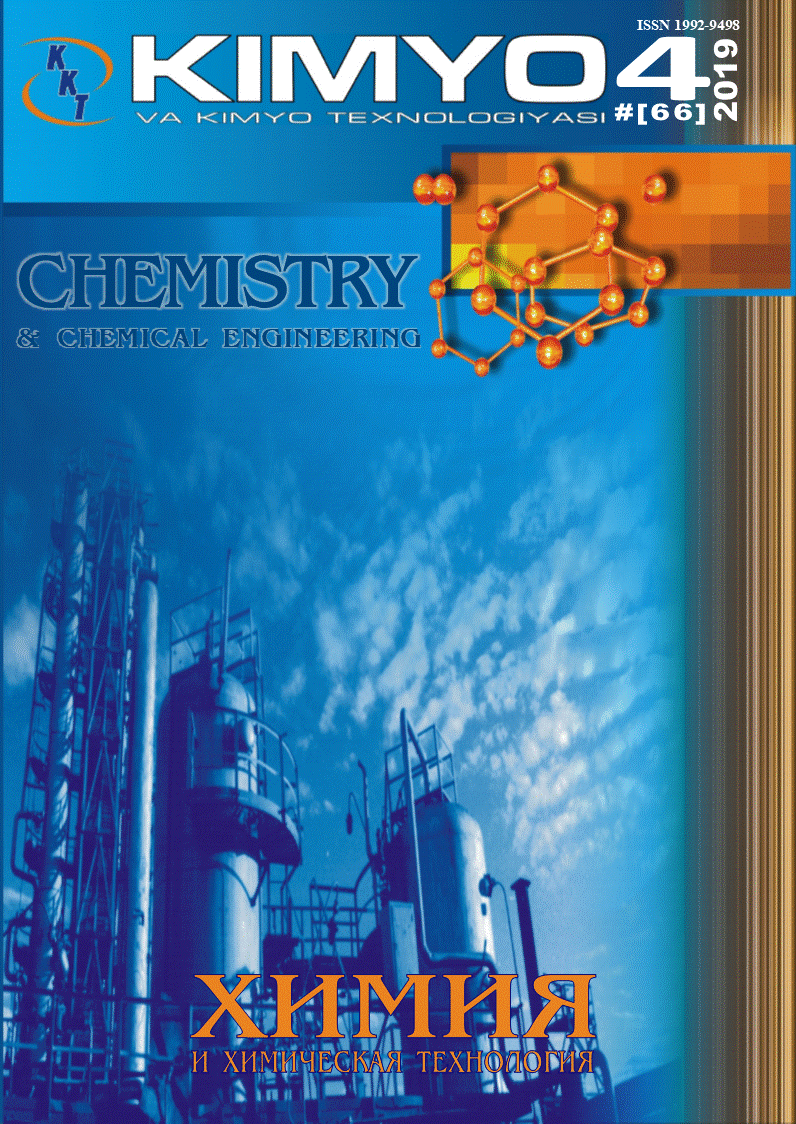
Abstract
Based on the industrial interest in cyanuric acid derivatives, the aim of the study is to perform a theoretical analysis of cyanuric acid trivinyl esters (2a-4a) and trivinyl cyanurate (2b-4b) using the DFT/defs-TZVP method. The frontier MO analysis, electrostatic potential and analysis of non-covalent interactions in these molecules have been used for consideration of electronic structures of all the compounds. The replacement of H atoms on hydroxyl and imino-groups by a vinyl group of cyanuric acid or its tri-keto form leads to a decrease the n-type MO (subsequently increasing π-type MO) of the starting compounds and the HOMO becomes a π-type MO. However, the introducing of a dichloroethyl group to NH group of the tri-keto form led to enhancing of contribution of unbound electron pairs of chlorine atoms in the HOMO, and the HOMO becomes an n-type MO. The results of the ESP analysis showed the formation of positive π-hole potentials in the case of tri-keto derivatives. The presence of strong attractive and repulsive forces and also weak interactions in the case of tri-vinyl and tri-1,2-dichloroethyl derivatives of tri-keto form have been shown by NCI and RDG plots of investigated compounds. The presence of strong attractive and repulsive forces and also weak interactions in the case of tri-vinyl and tri-1,2-dichloroethyl derivatives of tri-keto form have been shown by NCI and RDG plots of investigated compounds.
Recommended Citation
ZIYADULLAEV, Anvar; DAVRONOVA, Norniso; ESHIMBETOV, Alisher; and JURAQULOV, Sherbek
(2024)
"DFT STUDY OF 1-VINYL- AND 1-(1,2-DICHLOROETHYL)CYANURIC ACID DERIVATIVES,"
CHEMISTRY AND CHEMICAL ENGINEERING: Vol. 2023:
No.
3, Article 9.
DOI: https://doi.org/10.70189/1992-9498.1612
Available at:
https://cce.researchcommons.org/journal/vol2023/iss3/9
